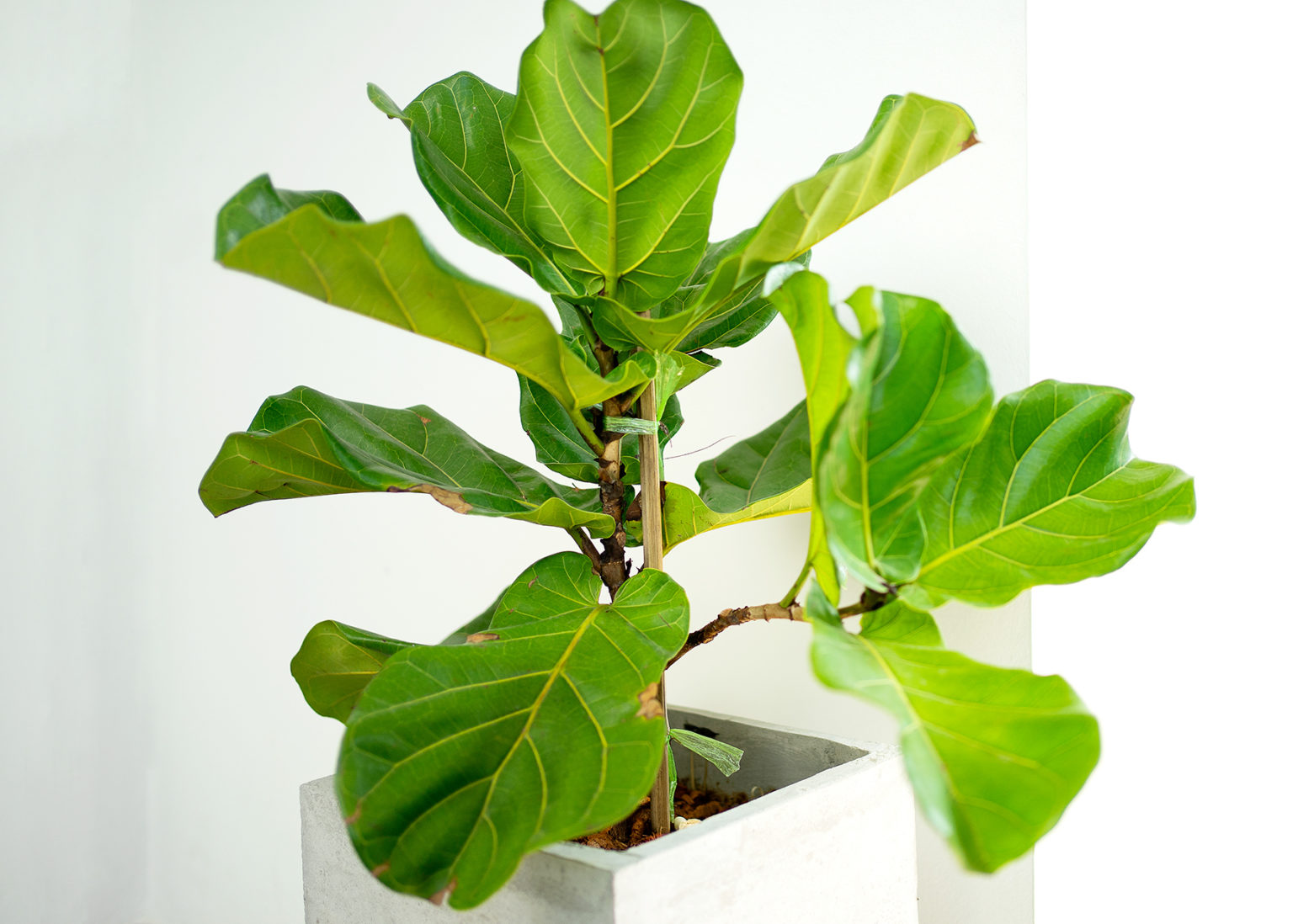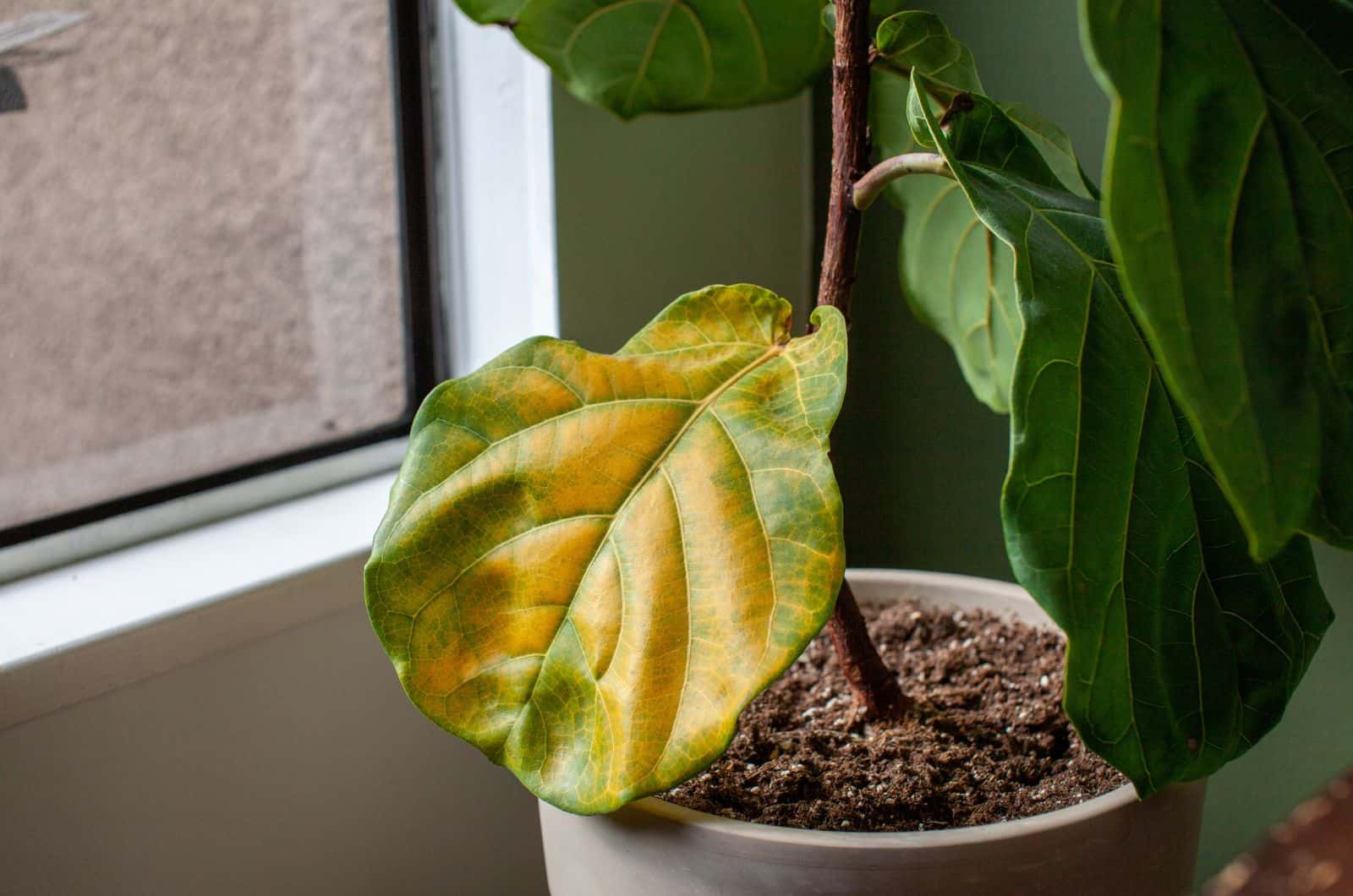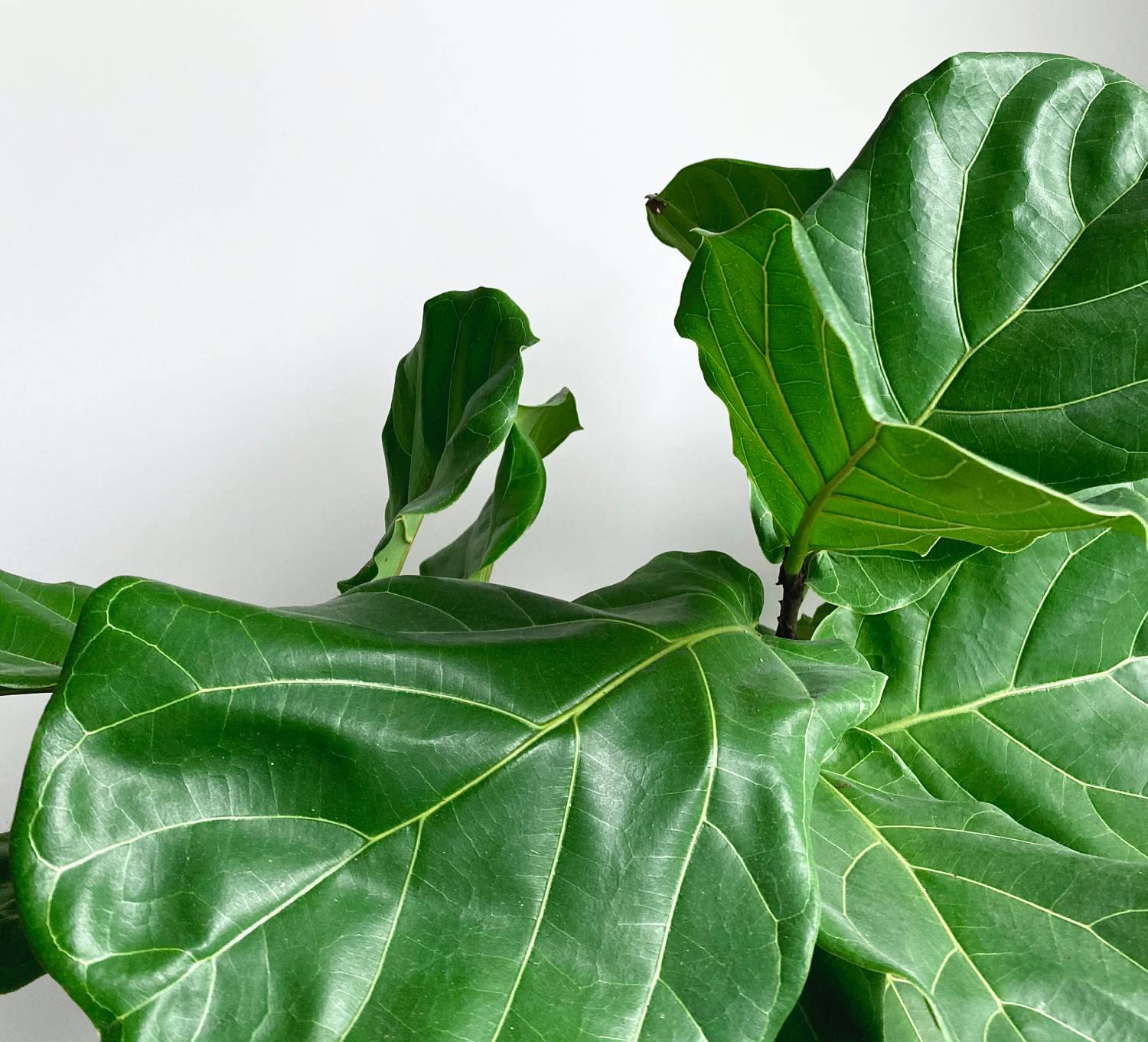The Hidden Dangers of Overwatering Your Fiddle Leaf Fig
Overwatering is one of the most common mistakes people make when caring for their fiddle leaf figs. This can lead to a range of problems, including root rot, leaf drop, and pest infestations. When a fiddle leaf fig is overwatered, the roots become waterlogged, causing them to rot and preventing the plant from absorbing essential nutrients. This can be detrimental to the plant’s health and longevity, making it essential to avoid overwatering at all costs.
One of the main reasons people overwater their fiddle leaf figs is due to a lack of understanding about the plant’s watering needs. Fiddle leaf figs prefer well-draining soil and should be watered sparingly, allowing the soil to dry out slightly between waterings. However, many people tend to water their plants too frequently, thinking that they need constant moisture. This can be especially problematic during the winter months when the plant is dormant and requires less water.
In addition to root rot, overwatering can also cause leaf drop and pest infestations. When the roots are waterlogged, the plant becomes stressed, causing the leaves to turn yellow and drop off. This can be a sign that the plant is not receiving enough oxygen, which can be caused by overwatering. Furthermore, overwatering can attract pests such as spider mites, mealybugs, and scale, which can further weaken the plant.
To avoid overwatering your fiddle leaf fig, it’s essential to monitor the plant’s watering needs carefully. Check the soil moisture by sticking your finger into the soil up to the first knuckle. If the soil feels dry, it’s time to water. However, if the soil feels damp or waterlogged, wait a few days before watering again. By being mindful of your fiddle leaf fig’s watering needs, you can prevent overwatering and ensure that your plant remains healthy and thriving.
How to Check if Your Fiddle Leaf Fig is Getting Too Much Water
Regularly inspecting your fiddle leaf fig for signs of overwatering is crucial to preventing waterlogged soil and root rot. One of the most obvious signs of overwatering is yellowing leaves. If the leaves are turning yellow or droopy, it may be a sign that the plant is receiving too much water. Another sign of overwatering is soft stems. If the stems are soft and mushy, it’s likely that the plant is waterlogged.
Checking the soil moisture is also essential to determining if your fiddle leaf fig is getting too much water. Stick your finger into the soil up to the first knuckle, and if the soil feels wet or waterlogged, it’s likely that the plant is receiving too much water. On the other hand, if the soil feels dry, it’s time to water. By regularly checking the soil moisture, you can adjust your watering schedule accordingly and prevent overwatering.
It’s also important to check the plant’s roots for signs of rot. If the roots are rotting, it’s likely that the plant is waterlogged. To check the roots, gently remove the plant from its pot and inspect the roots. If the roots are rotting, it’s essential to take action immediately to prevent further damage.
In addition to checking the soil moisture and roots, it’s also important to monitor the plant’s overall health. If the plant is looking unhealthy or stressed, it may be a sign that it’s receiving too much water. By regularly monitoring the plant’s health, you can take action to prevent overwatering and ensure that your fiddle leaf fig remains healthy and thriving.
By regularly inspecting your fiddle leaf fig for signs of overwatering and adjusting your watering schedule accordingly, you can prevent waterlogged soil and root rot. Remember, it’s always better to err on the side of caution when it comes to watering your fiddle leaf fig. If you’re unsure whether the plant needs water, it’s always best to wait a day or two before watering again.
The Importance of Proper Drainage for Fiddle Leaf Figs
Proper drainage is essential for the health and well-being of fiddle leaf figs. When the soil is waterlogged, the roots can rot, leading to a range of problems, including root rot, leaf drop, and pest infestations. To prevent this, it’s crucial to choose a potting mix and container that allows for good drainage.
A well-draining potting mix is essential for fiddle leaf figs. Look for a mix that contains ingredients such as perlite, vermiculite, or sand, which help to improve drainage and prevent waterlogging. Avoid using regular potting soil, as it can retain too much water and cause the roots to rot.
In addition to a well-draining potting mix, it’s also important to choose a container that allows for good drainage. Look for a container with drainage holes in the bottom to prevent water from accumulating in the soil. If your container doesn’t have drainage holes, you can drill some in the bottom to improve drainage.
Another important aspect of proper drainage is the size of the container. Make sure the container is large enough to hold the roots of the plant, but not so large that the soil becomes waterlogged. A general rule of thumb is to choose a container that is only slightly larger than the plant’s root ball.
By choosing a well-draining potting mix and container, you can help to prevent overwatering and ensure that your fiddle leaf fig remains healthy and thriving. Remember, it’s always better to err on the side of caution when it comes to watering your fiddle leaf fig. If you’re unsure whether the plant needs water, it’s always best to wait a day or two before watering again.
Proper drainage is also important for preventing root rot, which can be a major problem for fiddle leaf figs. Root rot occurs when the roots of the plant become waterlogged, causing them to rot and die. By choosing a well-draining potting mix and container, you can help to prevent root rot and ensure that your fiddle leaf fig remains healthy and thriving.
Watering Your Fiddle Leaf Fig: A Step-by-Step Guide
Watering your fiddle leaf fig correctly is crucial to its health and well-being. Overwatering can lead to root rot, leaf drop, and pest infestations, while underwatering can cause the leaves to turn yellow and drop off. To avoid these problems, follow this step-by-step guide on how to water your fiddle leaf fig correctly.
Step 1: Check the Soil Moisture
Before watering your fiddle leaf fig, check the soil moisture by sticking your finger into the soil up to the first knuckle. If the soil feels dry, it’s time to water. If the soil feels damp or waterlogged, wait a day or two before watering again.
Step 2: Water at the Right Time
The best time to water your fiddle leaf fig is in the morning, so the plant has the entire day to absorb the water. Avoid watering in the evening, as this can encourage fungal growth and other problems.
Step 3: Use the Right Amount of Water
Use a watering can or cup to water your fiddle leaf fig, and avoid getting water on the leaves. Water the plant until you see water coming out of the drainage holes in the bottom of the pot. This ensures that the soil is moist but not waterlogged.
Step 4: Avoid Getting Water on the Leaves
Getting water on the leaves of your fiddle leaf fig can cause fungal diseases and other problems. To avoid this, water the plant at the soil level, and avoid getting water on the leaves.
Step 5: Monitor the Plant’s Response
After watering your fiddle leaf fig, monitor the plant’s response. If the leaves start to turn yellow or drop off, it may be a sign that the plant is receiving too much water. Adjust your watering schedule accordingly to prevent overwatering.
By following these steps, you can ensure that your fiddle leaf fig is receiving the right amount of water and prevent overwatering. Remember, it’s always better to err on the side of caution when it comes to watering your fiddle leaf fig.
Common Mistakes to Avoid When Watering Your Fiddle Leaf Fig
When it comes to watering your fiddle leaf fig, there are several common mistakes to avoid. These mistakes can lead to overwatering, underwatering, and other problems that can harm the health and longevity of your plant.
One of the most common mistakes people make when watering their fiddle leaf figs is watering too frequently. Fiddle leaf figs prefer to dry out slightly between waterings, so watering too frequently can cause the roots to rot and lead to other problems. To avoid this, make sure to check the soil moisture before watering, and only water when the soil feels dry to the touch.
Another mistake people make is using too much water. Fiddle leaf figs prefer to be watered with a gentle, soaking motion, rather than a heavy, flooding motion. Using too much water can cause the roots to become waterlogged, leading to root rot and other problems.
Neglecting to adjust watering schedules according to the season is also a common mistake. Fiddle leaf figs require more water during the spring and summer months when they are actively growing, and less water during the fall and winter months when they are dormant. Make sure to adjust your watering schedule accordingly to ensure your plant is receiving the right amount of water.
Not monitoring the plant’s response to watering is another mistake people make. After watering your fiddle leaf fig, make sure to monitor the plant’s response. If the leaves start to turn yellow or drop off, it may be a sign that the plant is receiving too much water. Adjust your watering schedule accordingly to prevent overwatering.
Finally, not using a well-draining potting mix is a common mistake. Fiddle leaf figs prefer to be planted in a well-draining potting mix that allows excess water to drain out of the pot. Using a potting mix that is too dense or heavy can cause the roots to become waterlogged, leading to root rot and other problems.
By avoiding these common mistakes, you can help ensure your fiddle leaf fig is receiving the right amount of water and prevent overwatering. Remember, it’s always better to err on the side of caution when it comes to watering your fiddle leaf fig.
How to Rescue an Overwatered Fiddle Leaf Fig
If you’ve accidentally overwatered your fiddle leaf fig, don’t panic. With prompt action and proper care, you can rescue your plant and prevent further damage. Here’s a step-by-step guide on how to rescue an overwatered fiddle leaf fig.
Step 1: Stop Watering
The first step is to stop watering your fiddle leaf fig immediately. This will prevent further water from accumulating in the soil and causing more damage.
Step 2: Repot the Plant
Repotting the plant in fresh, well-draining soil can help to prevent further waterlogging and root rot. Choose a pot that is slightly larger than the original one, and use a high-quality potting mix that is designed for tropical plants like fiddle leaf figs.
Step 3: Prune the Roots
Pruning the roots of your fiddle leaf fig can help to remove any dead or damaged tissue and prevent the spread of disease. Use a pair of sterile pruning shears to carefully trim away any affected roots.
Step 4: Adjust Watering Schedules
Adjusting your watering schedule can help to prevent overwatering in the future. Make sure to check the soil moisture regularly, and only water your fiddle leaf fig when the soil feels dry to the touch.
Step 5: Monitor the Plant’s Recovery
Monitoring the plant’s recovery is crucial to ensuring that it is receiving the right amount of water and care. Keep an eye on the plant’s leaves and stems, and adjust your watering schedule accordingly.
Patience is key when rescuing an overwatered fiddle leaf fig. It may take some time for the plant to recover, but with proper care and attention, it can thrive once again. Remember to stay vigilant and adjust your watering schedule as needed to prevent overwatering in the future.
Preventing Overwatering in the Future: Tips and Tricks
Preventing overwatering is crucial to maintaining the health and longevity of your fiddle leaf fig. Here are some tips and tricks to help you prevent overwatering in the future:
Use a Moisture Meter
A moisture meter is a handy tool that can help you determine the moisture level of your fiddle leaf fig’s soil. By using a moisture meter, you can avoid overwatering and ensure that your plant is receiving the right amount of water.
Monitor the Weather
Monitoring the weather can help you adjust your watering schedule accordingly. If it’s going to be a hot and dry day, you may need to water your fiddle leaf fig more frequently. On the other hand, if it’s going to be a cool and rainy day, you may need to water less frequently.
Adjust Watering Schedules According to the Season
Adjusting your watering schedule according to the season can help prevent overwatering. During the spring and summer months, your fiddle leaf fig will require more water due to its active growth. During the fall and winter months, your fiddle leaf fig will require less water due to its dormant state.
Check the Soil Moisture Regularly
Checking the soil moisture regularly can help you determine if your fiddle leaf fig is receiving too much or too little water. By sticking your finger into the soil up to the first knuckle, you can determine if the soil is dry, moist, or waterlogged.
Use a Well-Draining Potting Mix
Using a well-draining potting mix can help prevent overwatering by allowing excess water to drain out of the pot. This can help prevent waterlogged soil and root rot.
By following these tips and tricks, you can prevent overwatering and ensure that your fiddle leaf fig is receiving the right amount of water. Remember, it’s always better to err on the side of caution when it comes to watering your fiddle leaf fig.
Conclusion: The Key to a Thriving Fiddle Leaf Fig
Proper watering techniques are crucial to the health and longevity of your fiddle leaf fig. Overwatering can be detrimental to the plant’s health, causing root rot, leaf drop, and pest infestations. By following the tips and tricks outlined in this article, you can prevent overwatering and ensure that your fiddle leaf fig is receiving the right amount of water.
Remember, it’s always better to err on the side of caution when it comes to watering your fiddle leaf fig. Check the soil moisture regularly, adjust your watering schedule according to the season, and use a well-draining potting mix to prevent waterlogged soil and root rot.
By taking action to prevent overwatering, you can help your fiddle leaf fig thrive and achieve its full potential. With proper care and attention, your fiddle leaf fig can become a stunning and healthy addition to your home or office.
So, don’t wait any longer to take action. Start implementing the tips and tricks outlined in this article today, and watch your fiddle leaf fig flourish. With a little patience and attention, you can enjoy the beauty and benefits of a thriving fiddle leaf fig for years to come.









